The purpose of alchemy is to release the „deity in matter“ wrote the famous psychologist C.G. Jung, it is “to liberate the quintessential core of matter through repeated processes of purification.”
To release the deity in matter does not only mean to access the secrets of transformation in Nature and its innumerable “matter-fields”, but to liberate the divine (the deity) or the spiritual essence within the human structure and its diverse psycho-physiological levels. Means: to reach the hidden quintessential principle in man – his soul.
In the understanding of the ancient Indian philosophy of the Vedas the soul gets entangled by the game of Maya, the illusionary “prison” of ignorance about the universal reality hidden behind. In order to lift up the veil of this ignorance and the suffering attached to it, man must accept to go through successive processes of purification leading to clearer and clearer comprehension about his true role in the universe.
The accompanying elements of this transformational game is to let all one’s impurities, suppressed energies, incarnative habits etc. surface and expose them to one’s attention so that one can be liberated from them.
„Alchemy was an attempt to understand the soul’s journey through life, and alchemists were Spirit Warriors committed to personal growth and refinement in preparation for the mystery of death and beyond.“ https://jeanraffa.wordpress.com/2012/12/11/alchemy-and-the- journey-of- transformation/
In the Vedas of India there is a beautiful mythology called “the Churning of the Milk Ocean”. The naga (King of Serpents), Vasuki, is curled around the mountain Mandara which is lying on the god Vishnu, incarnated in the form of a great turtle. Devas (demigods) and Asuras (demons) pull on the naga’s body to churn the water of the ocean for thousands of years in order to produce the nectar of immortality – Amrita. The pulling back and forth of the positive (devas) and the negative forces (asuras) is nothing else than a picture of the forces in ourselves. Let us not forget : The churning happens inside our own „ocean of consciousness”.

“That is the level where the subtle (microcosmic) alignment in man mimics the macrocosmic alignment.” (Patrizia Norelli-Bachelet). And this alignment means also the harmonization between :
- the male and the female – outside and inside in us humans
- the animus and anima (C.G. Jung)
- the Sun and the Moon principle in us
- the “Pingala” and “Ida” energy channels in the “Tree of Life” of our own spinal axis or “Kundalini”
The great teacher of Theosophy, Krishnamurti, explains:
“We may compare mind to an ocean, in which there arise waves of emotions and thoughts. We often use the word, “manomanthari” which represents the great churning in the mind, when ever we are faced with difficult situation and are unable to decide what course to choose. When our mind is pulled in two different directions, it is subject to intense churning, and a great turmoil is set up.”
Churning means: distilling ourselves to arrive to the quintessence of our human condition as made “in the image of God” – means: getting nearer to what we are in reality, nearer to the soul or “body of bliss” (anandamaya kosha) in the finest strata of our inner Being. And this churning is a process of opening and closing the inner vortex of life – millions of times of “YES and NO”, LOVE and HATE, INTEGRATION and AVERSION, EXPANSION and CONTRACTION… all the interactions of our vegetative energies steamed and condensed, resteamed and recondensed to finally release the light, the fragrant light of our immortal flower of life.
Distillation of plants is nothing other but exposing the plant to the same process of “birth and death” through the fire of transformational release of its quintessential compounds.
This process may take sometimes
- 30-40 minutes (i.e. Lavender)
- more than 1 day (i.e. Vetiver)
- 3 times destillation (i.e. Cypress)
- molecular selective destillation (i.e. Ylang Ylang)
- multiple recycling of the transformational catalyst – the water (cohobation) (i.e. Rose, Melissa, Verbena use of alcohol (i.e. Vanilla)
- use of solvants such as hexane or CO2 (i.e. Champaca, Jasmine etc.)
- etc.
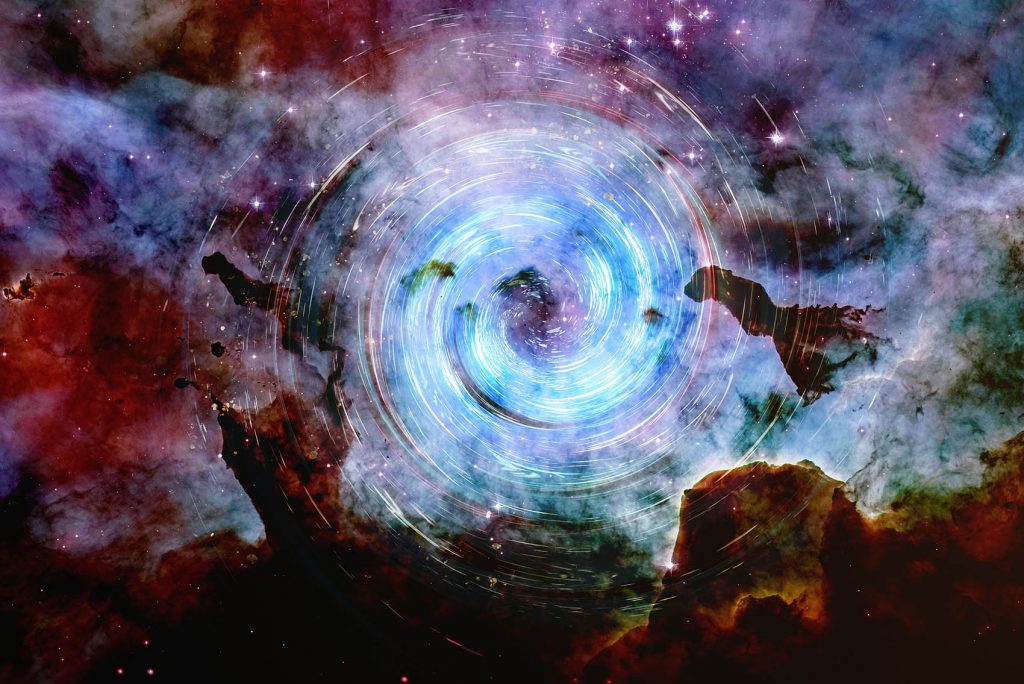
Omnipresent 3 principles
A majority of traditional cultures, cosmologies, and ancients systems of medicine contain some form of three basic prin-ciples. For example :
- In the Ayurvedic tradition it is vata, pitta, and kapha.
- In Vedic philosophy it is Satva, Rajas and Tamas
or Rishi, Devata and Chhandas - In astrology, it is cardinal, mutable and fixed.
- In western alchemical tradition, it is Sulfur, Mercurius and Sal.
- In molecular science it is the electron, proton and neutron
To a certain degree, the threefold structure of the Universe is nothing else than an expression of the “relative” side of existence. 2 basic elements oppose each other and a “mediator” as a 3rd force acts in between them. From the point of view of modern quantum-physics they all unite in one single field which is called the “Unified Field of all the Laws of Nature”. Seen from this angle, they are all the same, just expressed via different perspectives according to the angle of research and understanding.
Alchemy also divides the living structures of plants into a threefold principle :
Sulfur = the flower (colourfull or red)
Mercurius = the leaves (green colour)
Sal = the root (poor or dark colour)
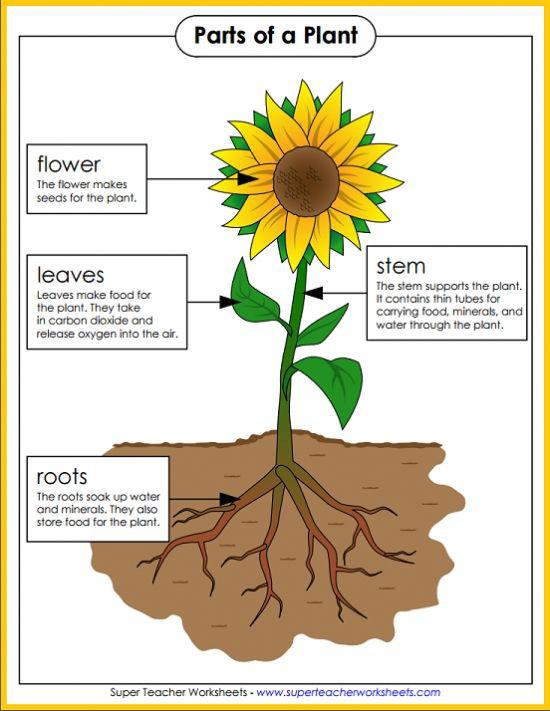
SAL – the root principle
The root is the “central nervous system” of the plant, one can say. Sal is a combination of the water and earth element. The plant “thinks” with the root, “feels” with the root…
“If we need to find an integrative processing part of the plant, we need to look at the roots”, said Charles Darwin.
The medicinal value of root and also wood essential oils is often for the higher energy centers of us humans – we need such oils to ground us in the intelligence of Mother Earth. They are specially helpful for our sensory and nervous system. These are oils like Jatamansi, Angelica root, Costus root, Vetiver, Nagarmotha, also the oils from resins like Myrrh, Frankincense, Palo santo etc. And they are more composed also by denser bio-chemical compounds such as Sesquiterpenes and Sesuiterpenols. We remember: The brain is the root of man in the understanding of ancient cultures. In the ancient mythological picture the “upside-down-tree” expresses the same principle – as also mentioned in Vedic scriptures like the Bhagavad Gita. And Rudolf Steiner hinted at the same idea when saying: “Man is a plant turned upside down.”


So, we may want to say: Taking care of our roots is taking care of our consciousness. Plants and essential oils help us to connect the high and the low, the Ethereal and the Terrestrial in us, the „as above, so below“ as the Alchemists say – grounding and simultaneously opening up to our innermost nature which is rooted in living the polarity of the Universe.
The root principle in the plant is to penetrate and to absorb. This resembles the element of “inquiry”, “selection”, “discrimination” and “differentition” of the human mind. The root of a plant has gravitational intelligence and vegetative dynamics according to anthroposophic understanding. And it has little formative character, little playfulness of shape, colour, fragrance. Absorption of water and minerals, mycotic exchange between minerals and water against glucose, nutritional sensory perception… all this are root elements which can make us think of corresponding values on the level of our own “tree of life” the root of which “grows in heaven” as the oldest written text of mankind, the Indian Rig Veda, 10th Mandala says.
Interesting also to remember: The root, through its contact with the world of minerals, connects to a world “inferior” to itself whereas the blossom links itself via its astral tendency to a world “superior” to itself, which is expressive in its connection with the light of the cosmos and also the realm of insects, animals, etc. The root wants to “root”, to ground, to obey the law of gravitation. It detects water, “smells” the microrhizi (microscopic fungi of the “soil food web”) to absorb the minerals, produces its own specific blend of salts and sends them out via the sap to the higher spheres of the plant. The root is interested in basic “matter-transformation”. And it is the chief engineer for example behind “building” a Sequoia tree of over 100 m in height! This is one reason why in its vegetative strength it is long living, insistent, not caring for beauty or deco. 🙂 :). But not to forget: it is also dependent on the energy of light transferred from the leaves and flowers.
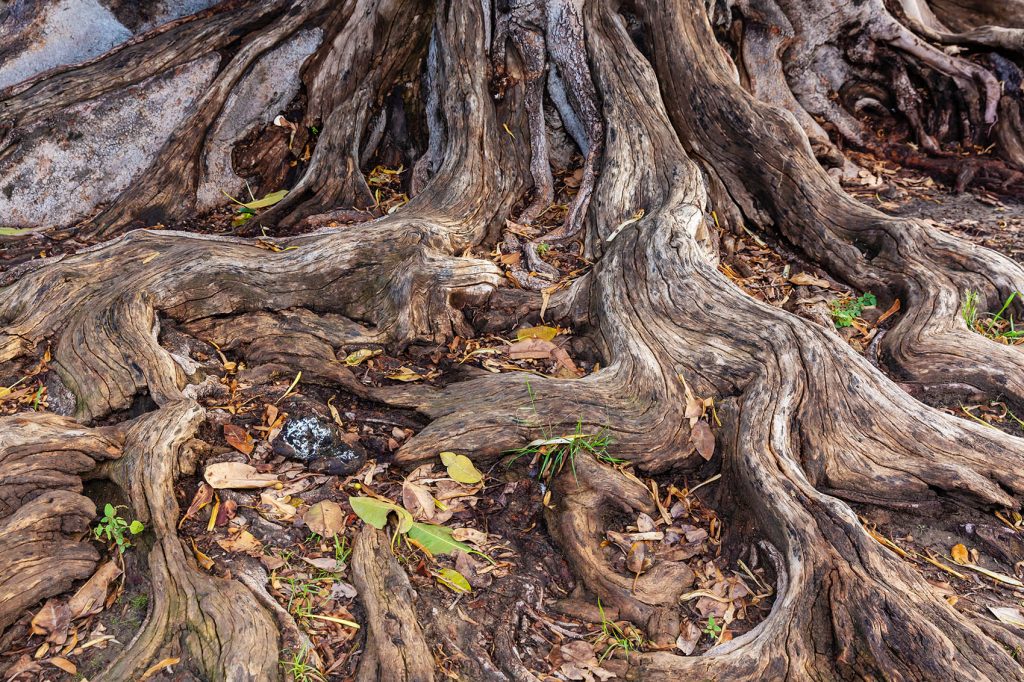
The blossom on its side wants to explore other realms, get away from the burden of the physical, the heaviness of gravitation. And in this it is short lived, but shining with great make-up :):) – putting all its attention on “partnership” with the near and the far… And all this is good to keep in mind to better understand what kind of energy and central intelligence we can find in the essential oils of the different organs of a plant.
“The root of all health is in the brain. The trunk of it is in emotions. The branches and leaves are the body. The flower of health blooms when all parts work together.” (Kurdish saying)
SULFUR – the blossom principle
Sulfur is a harmonious combination of the Air and Fire elements. It is hot and airy, diffusive, expansive, anti-gravitational. Its best expression are the volatile oils from the flowers like Rose, Jasmin, Ylang Ylang, Geranium, Frangipani, Neroli, but also the seed oils like Fennel, Anise, Coriander etc.
Within the human body, the Sulfur principle is best reflected in our digestive and procreative organs and the corresponding AGNI (fire) which we need for their transformational charge. This does not mean that the beautiful oils of blossoms are only fixed to this area. Of course not. Spiritually Sulfur is reflected as our Atma or Soul which is our true essence. Sulfur is the Fire of our innermost consciousness. And this “Fire” is needed everywhere be it in our mind, body or soul. And as much as our soul stretches out into “astrality” wanting to read the “akashic chronicles” of its eternal existence, the blossom opens its being to the warming ether around and fills itself with the fire of the Sun, and the cosmic radiance of the Moon and the Stars. Indeed, Botanists confirm that the blossom is the hottest organ of the plant.
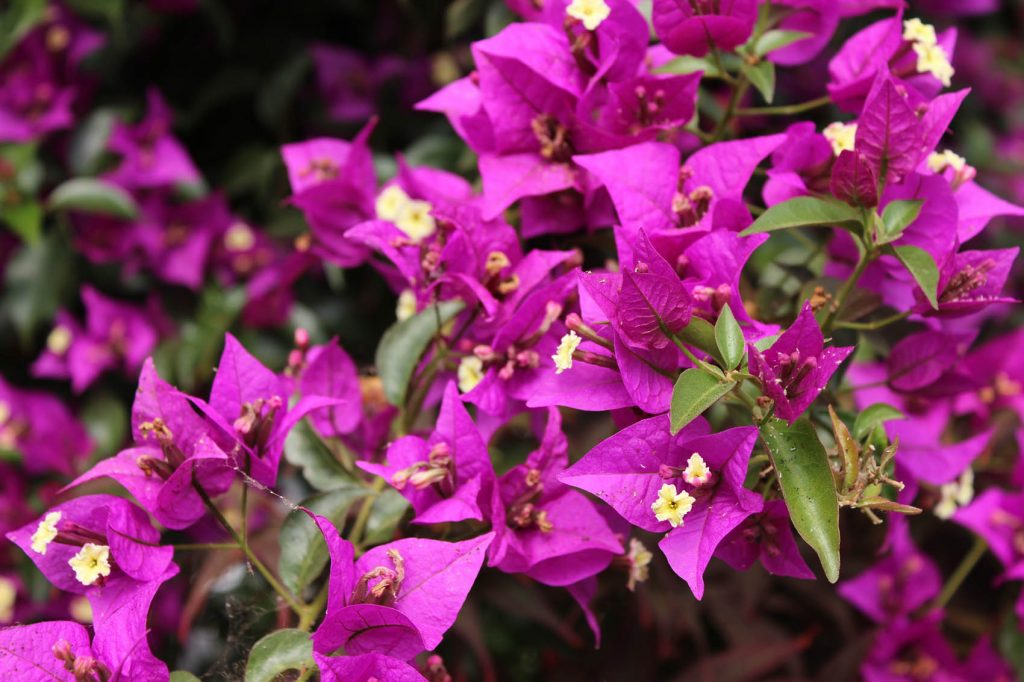
And yes, it is true what the famous German poet and nature scientist J.W. von Goethe said : “The blossom is nothing but a metamorphosis of the leaves”, a further outlook so to say, a next step (nothing can be stagnant) – but what a step! Green becomes colourful, fragrant, assembled into a composition of “many in one”. The flat leaf becomes a 3-dimensional presence of a new entity radiant in never ending creativity to express the astral beauty of its devic originator.
And then, in its fragrance, its aroma, and its essential oil the plant surpasses – and surprizes 🙂 – itself revealing another deep layer of its spiritual essence, its quest to reconnect with the multi-dimensional ether. Impregnated by the light element of fire, air and space, the plant with its blossom and the essential oils, surpasses itself as if pulled by the thrust of an evolutionary dynamics into another dimension where new rules are reigning.
Every plant has a unique flavour, nothing in the world can imitate it. Try to find the same fragrance of a Lavender oil – even from the same field one year later. And what a miracle when these flavours pass through time… The 22 years old Lavender oil from our fields in Provence (I kept a few liters)… don’t think you can ever smell the same Lavender somewhere in the world. Fragrance of an essential oil plant has something like a unique, I call it: astral identity. And the essential oil has something with it that wants to pull us out of our being bound by the “physical compression” of the body, wants to lift us up, inviting us to sing the same song: “luminous beings we are, not this crude matter”. (Master Yoda in “Star Wars”, Episode V)
So we can say: The blossom incorporates best the principle of fragrance. And it is from the level of the blossom, the sulfur element per se in the plant, that fragrance will be able to penetrate other organs of the plant. Rudolf Steiner again expresses this very clearly :
“And because the activity from which scent arises exists in its most concentrated form in sulfur, we would be right to follow the medical terminology of the past and call the spiritual extractive principle in the plant through which scent arises – a principle that causes longing to arise in the elemental spirits – the sulfur principle in the plant”
And what is this “longing to arise in the elemental spirits” other than the deeply imbedded desire in every being in the universe to transcend itself and reach out to a higher state of evolution?
Aromatherapy in this sense is nothing less than connecting ourselves with this thrust of life for higher levels of energy which the plant offers best in the fragrance of its essential oils. And it is exactly this dynamics of wanting to surpass itself which then becomes the healing element for man when he has become sick, “diseased”, and lost his own connection with the “elemental spirits” in himself. Once more Rudolf Steiner: “Blossoming means coming nearer to the realm of animals and human beings. In the development of fruits and seeds certain substances are created that correspond to a higher degree of metabolism comparable to that of animal and man. “
And this means, to conclude here: Real medicine cannot be defined by using static elements such as the allopathic pills, but it has to have and convey access to an energy which in itself is dynamized by the “vortex” of its own inherent spin towards higher levels of evolution. Or, to say it poetically : Medicine has to raise the person to his own blossoming so that he can come nearer to the realm of spirit where all fruits and seeds of fulfilment are stored for ever.
Mercury – the leaf principle
The Mercury principle is composed of the Water and Air elements. It is characterized by movement, rythm and fluctuation between the two poles of the root and the blossom. Its location therefore is in the leaves and the stem or trunk of the plant where the gas exchange of oxygen and carbon dioxide and the miracle of photosynthesis takes place. Here we are on the most intense level of exchange between the “inner” and the “outer” , the body and its surrounding atmosphere, where the plant becomes a bio-chemical transformer in its specific balance and creative mode. In human anatomy this is expressed in the inhale/exhale working of the lungs as well as in the heartbeat with its rhythm of systole and diastole animation.
The leaf principle therefore has its position between the sphere of the blossom, drunk in colour, fragrance and light, and the sphere of the root, sunk into the lightless depth of Mother Earth and spinning its web of impulses and hidden energy from there. Expose a root to the light, and it dies. Expose a blossom away from light, and it dies. But this does not mean lack of energy in the ground. The leaves “in the middle” supply to both levels, to the higher and the lower, all the energy from light needed for the plants’s magic transformation of anorganic into organic molecules of vibrating life. And the root gives it back: no life without the water and the minerals sucked up from its never ending thirst for exploring the grounds of the soil for more vitality and deep level expansion.
It is a very special position which this “middle part” of the plant has, settled between the “volatile” sphere of the blossom and the “fixed” sphere of the root. Mercurius, the messenger god of Greek mythology is definitely a much needed mediator here between the 2 worlds of the densely grounded matter of the root and the etheric spirit of the blossom…
And the essential oils in all this? Definitely, the oils from the leaves or needles have a lot to do with our own “mediating” organs situated in the lungs and the heart. Are we not doing the same here like the plant? Gas-exchange, rythmic activity, transformational inclination via breathing and heartbeat…”Get the spirit down into the body” screams the breath. “Get the obstruction and cramping of the body out into the ether” screams the heart. So then, let us work on this and oxigenate the system with the rising and descending whiffs and whirls of these amazing oils like Eucalyptus, Ravintsara, Silver Fir, Niaouli, Myrtle, Cajeput, and so many others…
When the leaves “breathe green” all life on earth breathes. Mercurius, the mediator, is in action. And we humans “breathe green” also, especially when inhaling the beautiful mercurial energies of nature’s huge caleidoscope of leaf and needle oils.
Their pulsations transmit the energies of our own root to the energies of our own flower of life – and vice versa. What a miracle in creation! Ayurveda would say: this is connecting Kapha with Vata, creating the flow of Soma and of Ojas – which is so essential for vitality and health.
In every leaf and leaf oil we find the powerful energy of the Sun and the cosmic radiations. It is “vitality direct”, be it via inhaling, smelling, a chest rub, a few drops on the kidneys…
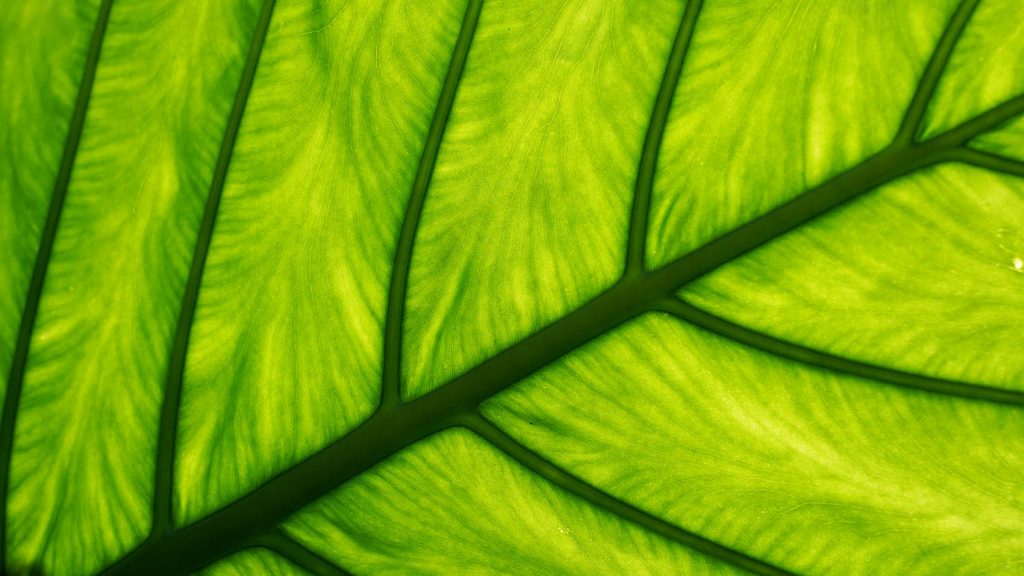
We can also say: when our lungs “breathe green” with oxygene or oxygenated compounds of essential oils, all life in the body starts to breathe. The lungs ARE MERCURIUS and they enable us to connect the brain, the heart and the lower energy centers of our system. They are the motor force of our inner “tree of life” situated in the spinal cord or “Kundalini”. With conscious breathing and with intent we can at any moment directly control or change the second most important rhythm in our system: our heartbeat – and thereby influence numerous other vital functions in our body.
Air or VAYU in Ayurveda dominates the respirational rhythm. No wonder that we can with the help of “Pranic Breathing” – or with the help of inhaling or smelling essential oils – have an influence on VATA dosha, the major potential imbalance creator often reflecting in panic, anxieties and stress syndroms.
